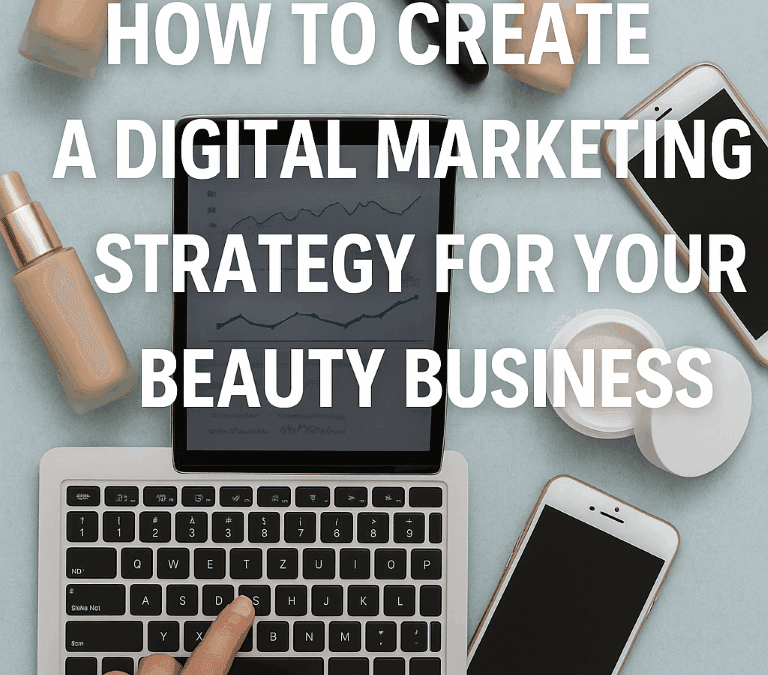If you’ve ever struggled to write copy that turns visitors into customers, you’re not alone. Whether you’re a plumber looking to book more callouts, a solicitor aiming to get more enquiries, or a salon wanting to fill your appointment book—great copy matters. That’s where the PAS framework comes in.
This simple, proven structure is one of the most powerful tools in copywriting—and in local SEO and website conversion. In this guide, we’ll break down the PAS formula, show you how to use it across your website, emails, and ads, and provide a real-world example to help you put it into practice.
Want better results from your content and ads? Keep reading.
What is the PAS Framework?
PAS stands for:
- Problem
- Agitate
- Solution
It’s a copywriting formula designed to grab attention, evoke emotion, and offer relief in the form of your product or service. Unlike hard-sell tactics that turn people off, PAS positions your brand as a helpful problem solver—something that resonates especially well with customers in need of local services.
Why the PAS Framework Works
- It’s customer-focused, not sales-focused.
- It triggers emotional engagement.
- It works across platforms: websites, Google Ads, landing pages, emails, and even social media.
In fact, the PAS framework is especially effective in local lead generation marketing, where trust and urgency play a major role in driving enquiries. That’s why we use it across our SEO and PPC strategies for trades, salons, and legal clients at SoNick Marketing.
How the PAS Copywriting Framework Works
Let’s break it down.
1. 🧩 Problem – Hook Them With the Real Pain
Your first step is to identify your customer’s core issue. Not your business problem—their problem.
Ask yourself:
- What’s stopping them from solving this today?
- What’s the cost of doing nothing?
- How do they feel about it?
✅ Tip: Use real customer feedback, FAQs, or common objections to identify these issues.
📌 Example (for a plumbing service):
“Blocked drains again? Tired of patchy fixes that don’t last longer than a few weeks?”
This opening shows the reader you understand their problem intimately, building an instant connection.
2. 🔥 Agitate – Turn Up the Heat (Just Enough)
Now that you’ve identified the issue, it’s time to highlight what happens if it’s ignored.
You don’t want to make your customer feel worse—but you do want to create urgency and motivation to take action.
📌 Example:
“Left untreated, drainage issues can cause leaks, foul smells, and even structural damage to your home. You end up spending more time, more stress—and far more money.”
This section should make them think: “Yes, that’s exactly what I’ve been going through.”
3. 💡 Solution – Be the Hero of Their Story
Now’s your time to shine. Present your service, product, or offer as the solution that eliminates their problem.
Your goal isn’t to list every feature, but to show how it solves the pain points you just laid out.
📌 Example:
“Our emergency plumbing team will be with you within 2 hours. We don’t just unblock your drain—we fix the root issue with long-term solutions and no hidden costs.”
✅ End with a clear, compelling CTA, such as:
“Book your free quote today and get peace of mind in one visit.”
PAS in Action: Example from a Mattress Brand
Here’s a quick fictional example to illustrate the framework in action.
🧩 Problem
“When was the last time you had a really good night’s sleep?”
🔥 Agitate
“Poor sleep doesn’t just leave you groggy—it drains your focus, energy, and mood, day after day.”
💡 Solution
“The Sleepmatic3000 mattress is engineered for deep, restful sleep—no more tossing, turning, or waking up in pain. Try it free for 30 nights.”

Where to Use PAS in Your Marketing
The beauty of the PAS framework is that it works in almost every format:
- Website service pages – Nail conversions with landing page copy that speaks to customer pain points.
- Google Ads – Hook attention fast by leading with the problem.
- SEO blog content – Build topical authority by exploring common challenges your audience faces. See our guide to small business SEO for more tips.
- Email marketing – Use PAS to promote offers or nurture leads.
- Social media posts and reels – Create micro PAS stories for higher engagement.
Need help implementing PAS into your service pages or website? Explore our website copywriting service or SEO packages tailored for local businesses.
Why PAS Works So Well for Local Lead Generation
Local service businesses often rely on quick, high-trust decisions. When someone’s boiler breaks or they’re choosing a solicitor, they want reassurance fast.
PAS meets that need by:
- Addressing the pain they’re feeling right now.
- Validating their frustration.
- Showing you’re the trustworthy answer.
It works especially well in high-intent areas like:
Final Thoughts: Should You Be Using PAS?
Absolutely. PAS is one of the easiest and most impactful frameworks you can start using today—especially if you’re a local business that depends on consistent leads from Google or word-of-mouth.
Whether you’re DIYing your SEO or investing in a full strategy, PAS can be used across every stage of your funnel. And if you’d like a hand crafting copy that actually converts—our team at SoNick Marketing can help.
From web design for plumbers to Google Ads management, we’re all about helping small businesses win more local leads.
Want to Put PAS into Practice?
We’d love to help you apply this technique to your own marketing. Book a free SEO audit or request a strategy session with our team today.





0 Comments